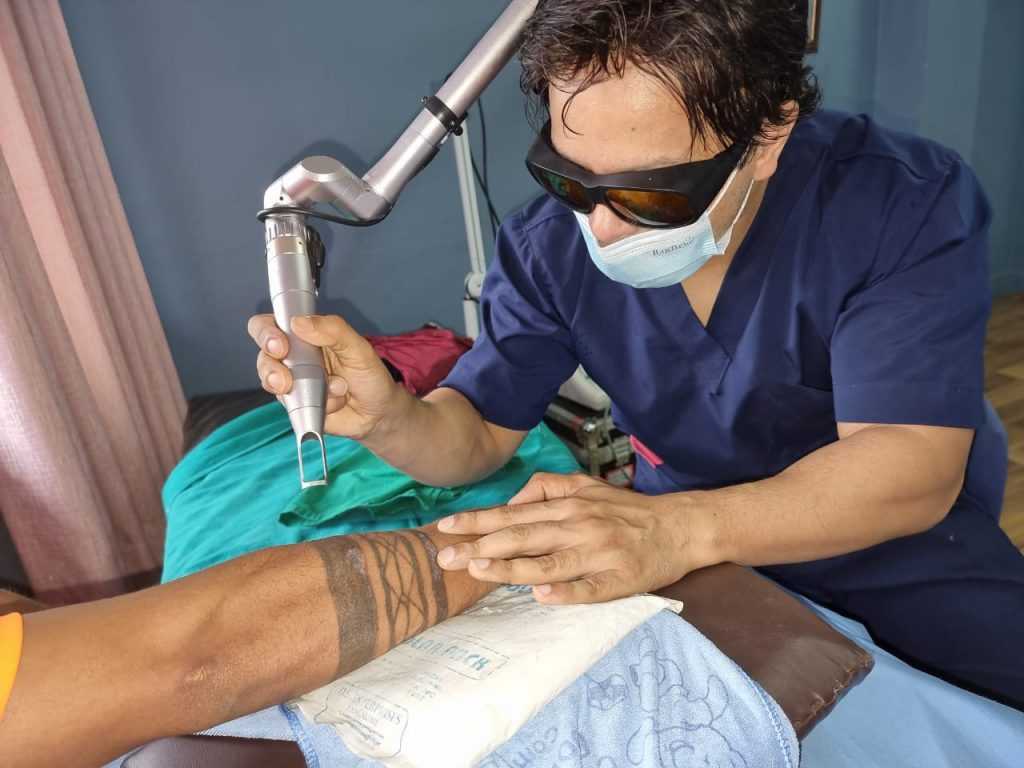
At first glance, the idea of removing a tattoo with a laser sounds daunting. First of all, there are numerous reasons why you may want to remove an existing tattoo:
It is a bad tattoo in the wrong place. (We understand, mistakes happen.)
You need to look professional for your new job or career path.
Your girlfriend/boyfriend is now your ex. (Their fault, not yours. Why keep anything that reminds you of them.)
You want to fly abroad for any reason whatsoever.
You want to get enlisted in the army.
A misspelled tattoo or improperly done tattoo art.
And many more.
These are all valid reasons. And technology has made good things possible.
The science behind laser tattoo removal feels complex but is extraordinarily simple. Your treatment provider will use an ultrashort pulse laser to remove your tattoo. This kind of laser releases laser pulses in the picosecond time scale.
To understand how laser tattoo removal works, you first have to know what a tattoo is. Basically, the tattoo ink that your tattoo artist uses is heavy metal. This does not mean that the metal is heavy, although they are. In the periodic table of elements, there are a handful of metals that fall in the heavy metals category. (A bit of high school chemistry here.)
A tattoo machine is nothing but a sterilized set of needles that injects the heavy metal inside the skin surface and in the inner layer, the dermis. Your tattoo artist uses a different kind of heavy metal depending on the color of the ink needed. However, since this is a foreign particle, your immune system will immediately try to remove it from the body. Since the heavy metal particles are greater than the tiny white blood cells, they can’t be removed right away. Nevertheless, your body will gradually work to remove it. This is why a tattoo appears less sharp and faded with age.
But what if we could break the heavy metals into even smaller fragments so that your white blood cells can easily deal with them and remove them from the body? This is exactly what is done in the tattoo removal procedure. The intense, fast-pulsed laser beams break these metal particles and the body’s white blood cells carry them to the liver, from where it is sent to the excretory system.
Laser tattoo removal price in Nepal ranges anywhere from Rs. 2,500 to Rs. 15,000 for one session. There is no fixed price quotation for tattoo removal. It depends on the size and complexity of the tattoo. Simpler, smaller tattoos might need fewer sessions while larger, complex tattoo art might need more sessions.
In case you want to know how much the procedure costs for you, you can simply send us a picture of your tattoo. You can send your tattoo picture via our Facebook or Instagram page, and we will decide on the best price for you.
Nonetheless, we showed our resident dermatologist some tattoo samples and asked for an approximate quotation so you can get a feel of how much your tattoo removal procedure will cost.
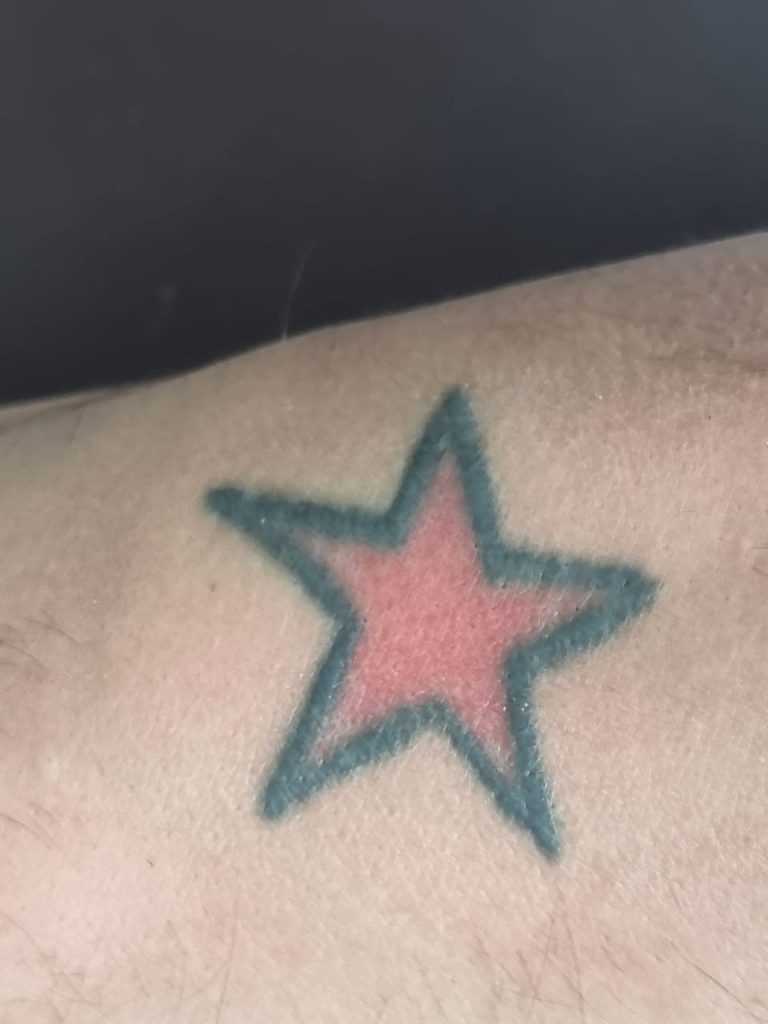
Sample 1: This is a fairly simple tattoo. The cost of removing this may be in the range of Rs. 2500. This also takes fewer sessions to remove.
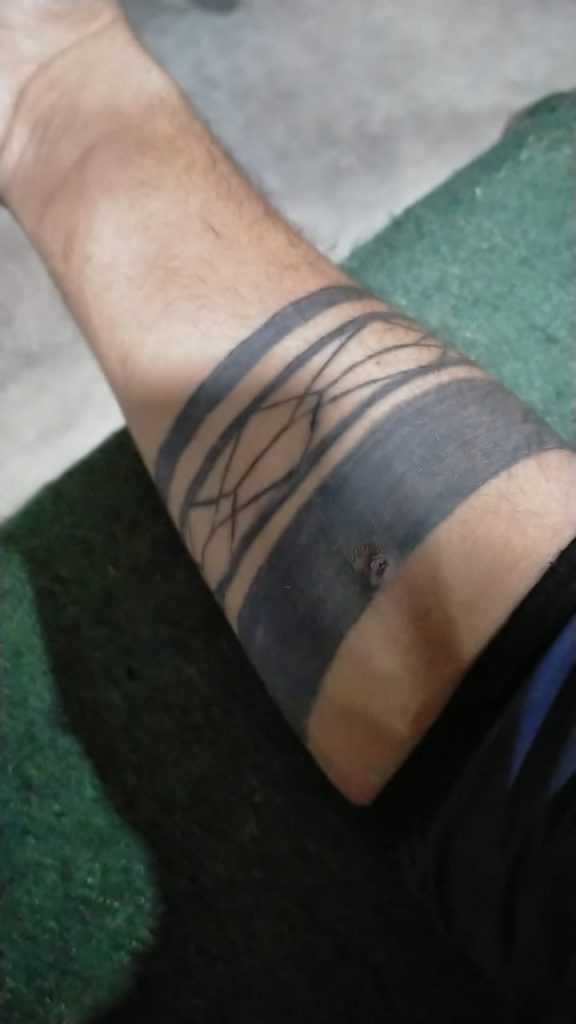
Sample 2: The tattoo is spread over a wider area. Thus, it may take more sessions. Our dermatologist approximates the cost of removing this tattoo at Rs. 10000.
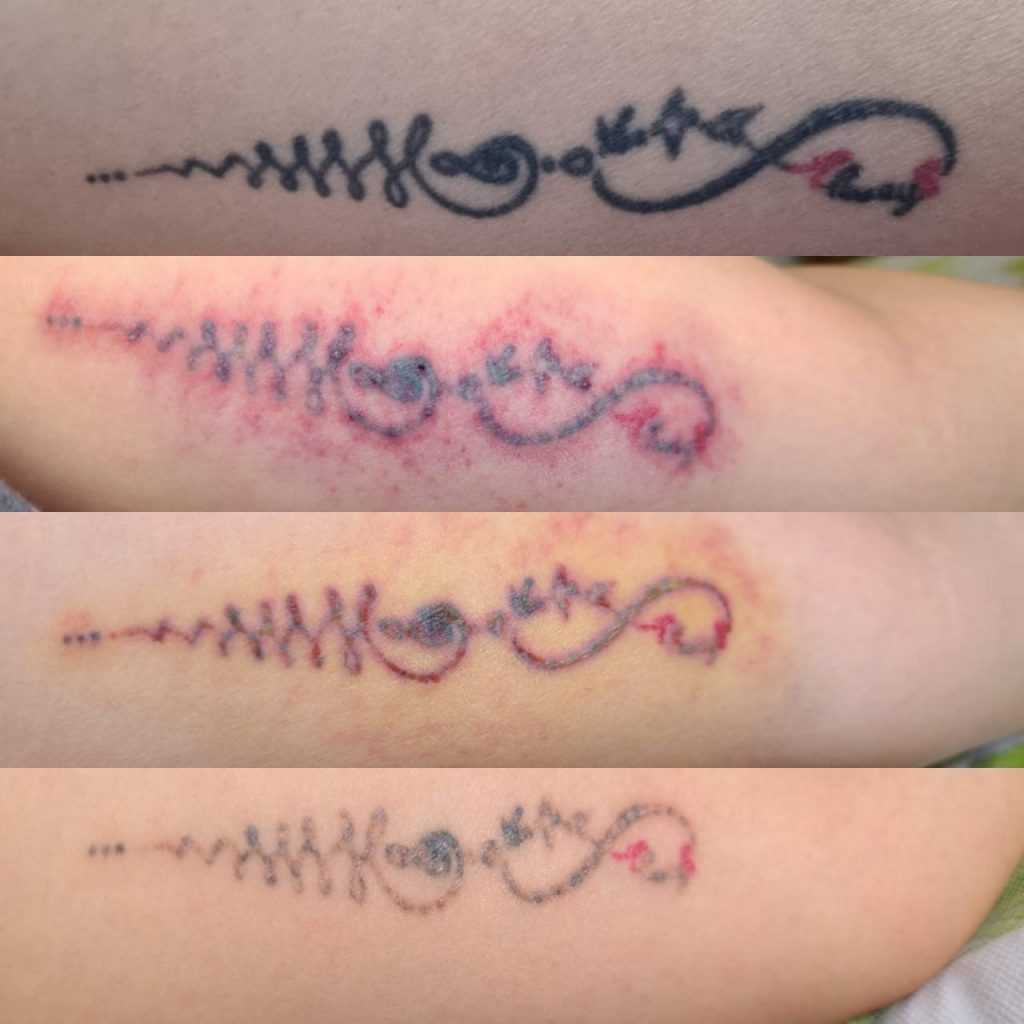
Sample 3: Approximate cost of removal: Rs. 6000
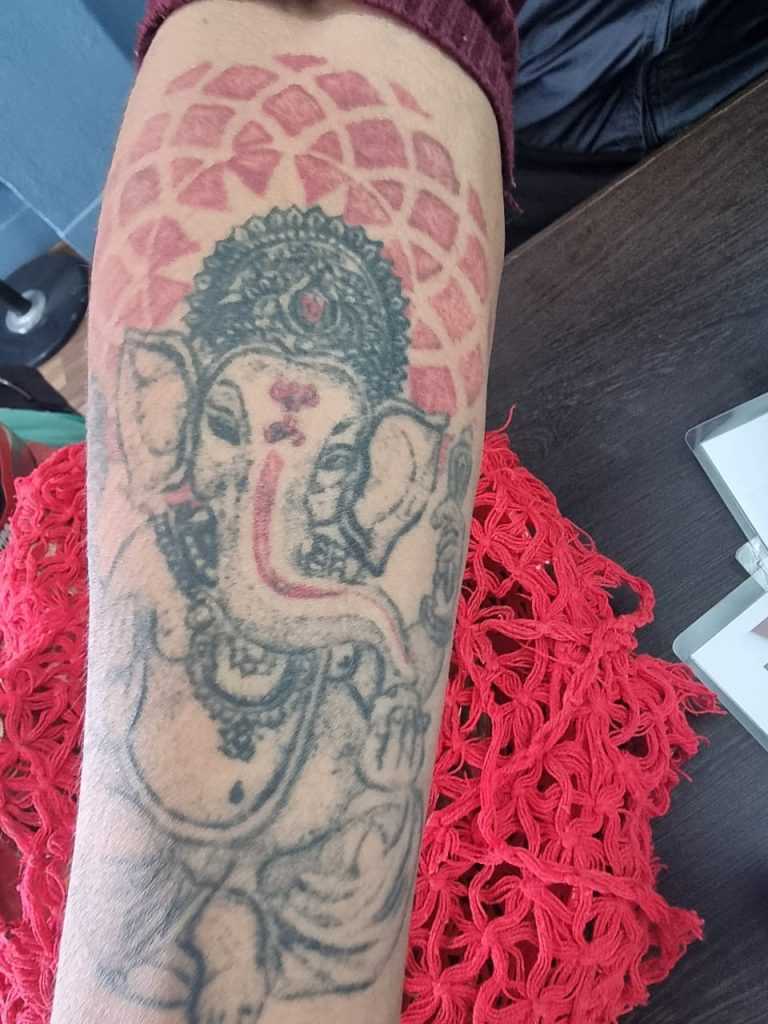
Sample 4; Notice how the tattoo has multiple colors and a very complex art design, making the removal process harder. A very careful dermatologist can remove the tattoo at a reasonable price of Rs. 15000.
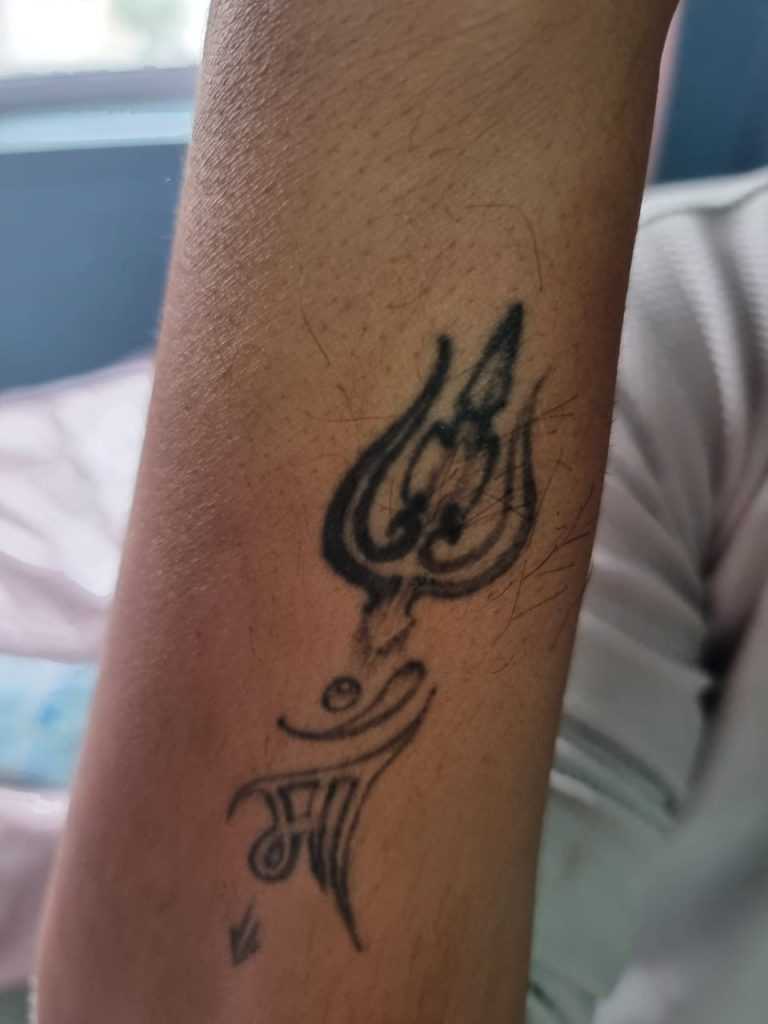
Sample 5: Approximate cost of removal: Rs. 5000 – Rs. 6000
Depending on the complexity of the tattoo, you may need multiple laser tattoo removal sessions. We are dealing with the physical skin, and rushing things is never a good idea. Thus, you should not expect complete results in a single session.
A simple tattoo may take only 1 to 3 sessions to be completely removed. Meanwhile, a more complex tattoo may need 6 or 7 sessions. Note that this is still way fewer sessions than what you will find elsewhere. We use the picosecond laser, which is an improved version of laser removal technology. Most clinics in Nepal use a lower grade, Nd: YAG laser, which may take you 12 or more sessions.
Disclaimer: This section is concerned about the efficacy of the laser tattoo removal process in general. Thus, we have taken the freedom to choose image samples from the internet for informational purposes only.
Image: Notice how the efficacy of the laser tattoo procedure increases with each subsequent session. Note that the client’s procedure was not over yet when this photo was clicked.
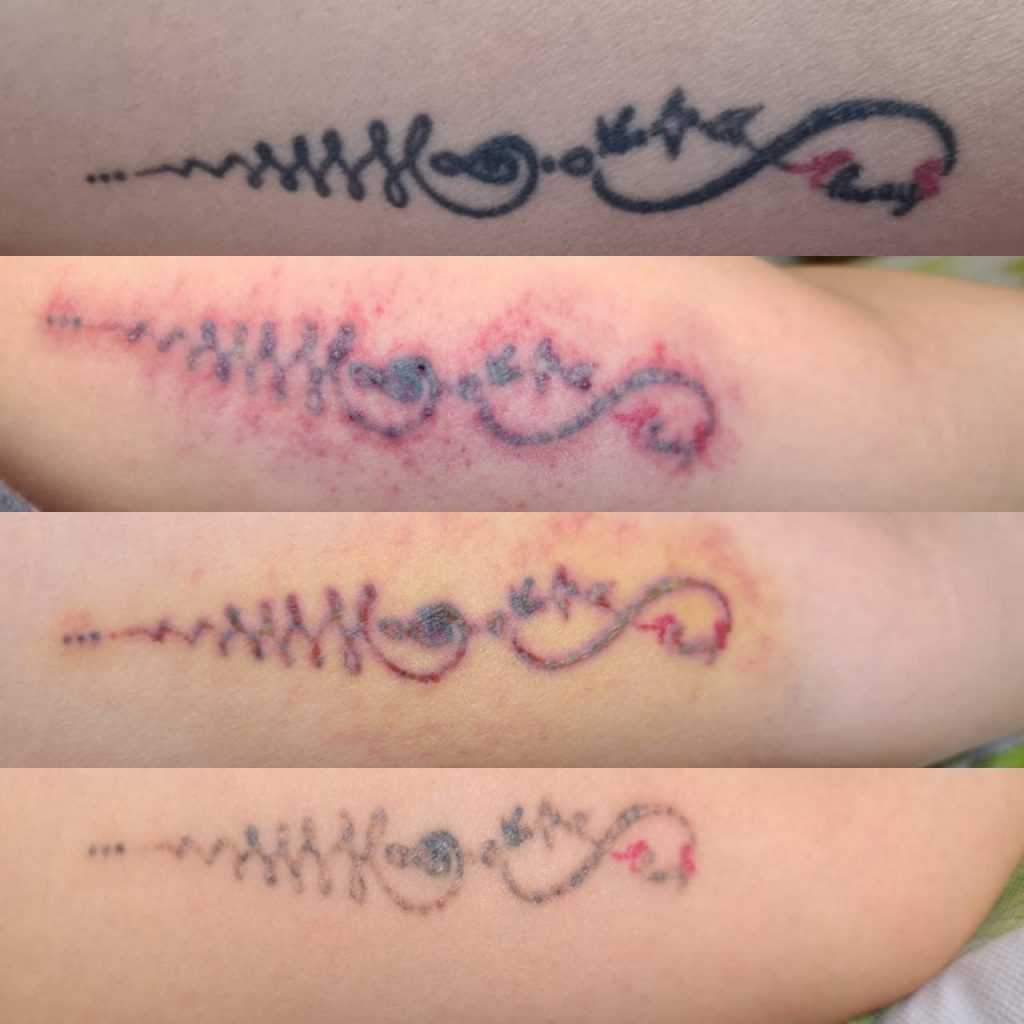

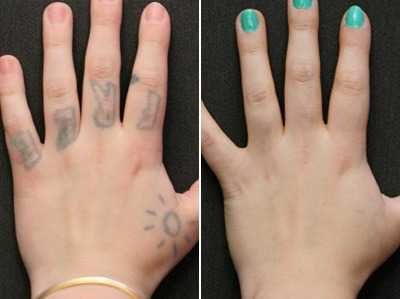
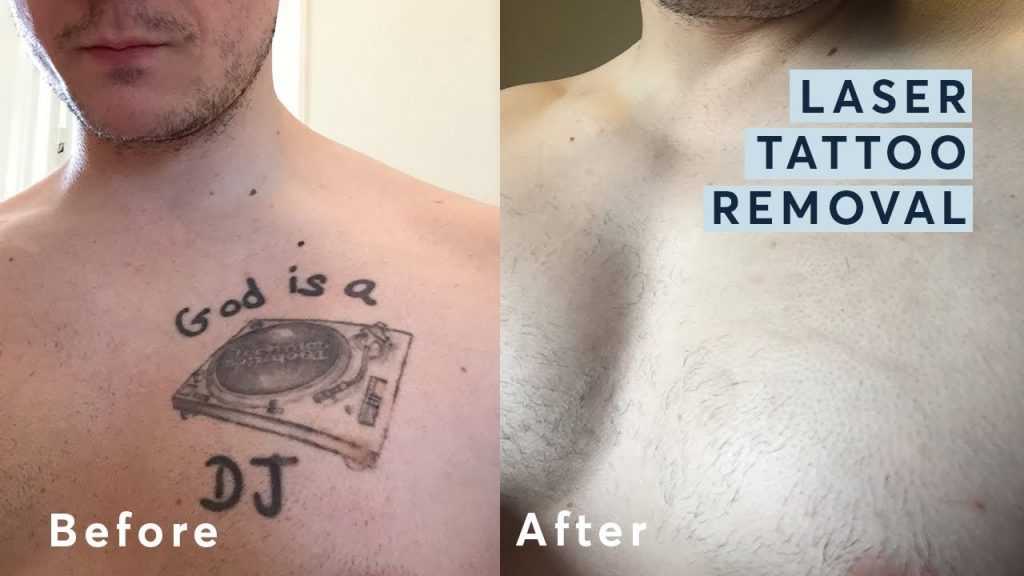
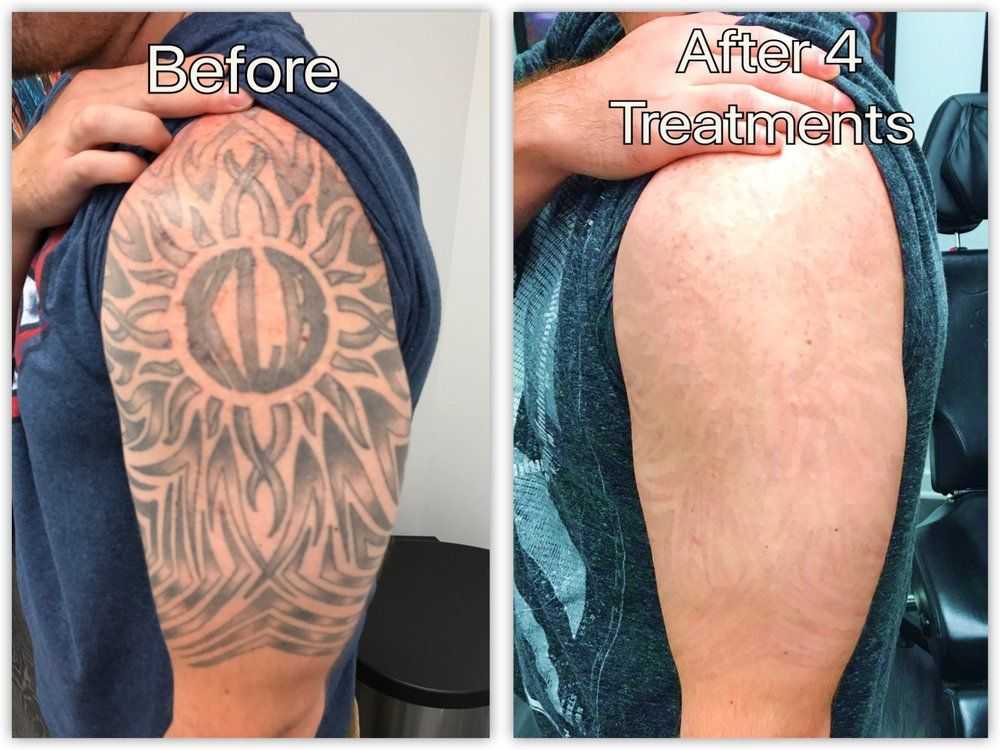
Not all tattoos are the same. There are a few things that can go wrong in this procedure, and we will be brutally honest about them.
First, the efficacy of the process depends on the type of ink used. Laser tattoo removal works best on black ink tattoos. This is because the color black absorbs all the wavelengths of the laser, hence absorbing more energy with each pulse. Meanwhile, light-colored tattoos will not absorb all the energy of the laser pulse and hence require more sessions. In some cases, light-colored tattoos may not be removed completely. Yes, there are limitations to everything.
Second, you may not know it, but your skin might have been hurt at the time when you got a tattoo. Now, the scar wasn’t visible because it was covered by the tattoo itself. When we remove that tattoo, the scar might be visible. Now, this isn’t a scar caused by the laser tattoo removal process. The process just made it more visible. Also, due to the natural healing process, some amount of swelling is common after the laser tattoo removal procedure. If anything feels off, just consult your service provider.
Furthermore, getting your procedure done by an inexperienced treatment provider with lower-grade technology can cause white marks, treatment failures, and scars that become worse than the tattoo itself. This may also force your treatment provider to increase the number of sessions, hence costing you more for their own fault. As such, it is necessary to focus on the credibility of your treatment provider rather than their price quotation or unrealistic claims.
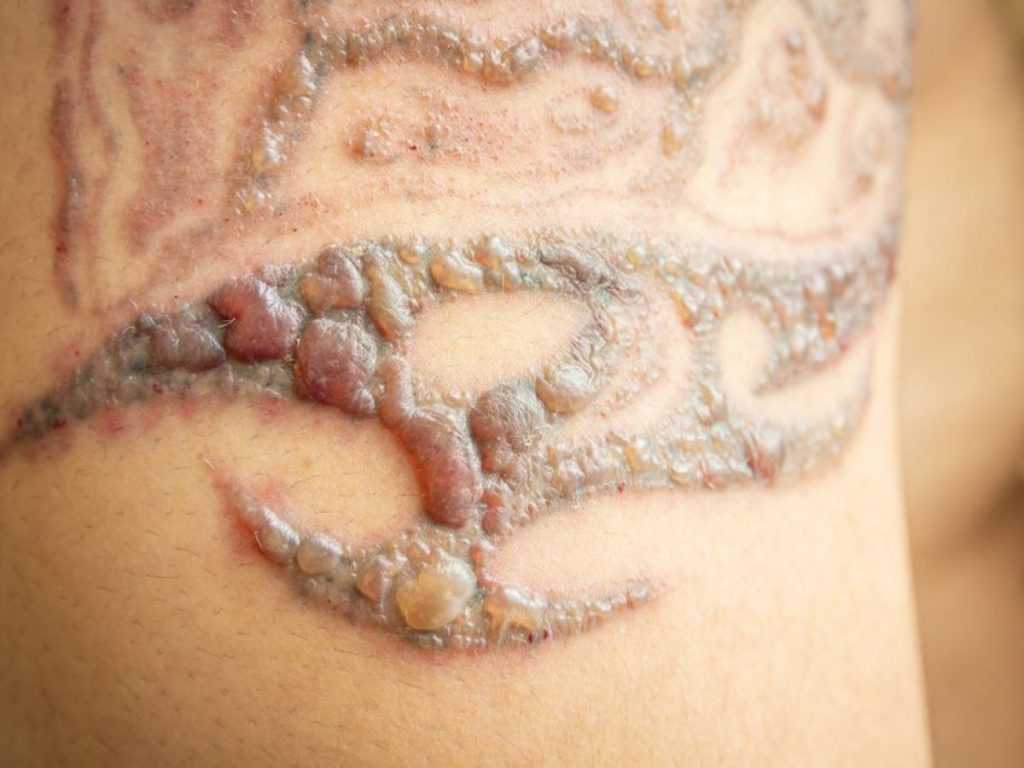
Finally, the efficacy also depends on how deep the ink penetrated while going in, your skin tone, and various other factors. However, all these possible consequences can be handled by an experienced service provider. This is why it is extremely important to choose your tattoo removal clinic wisely.
Wonder no more. Alka Skin and Laser Clinic is the most trusted and credible clinic you’ll find in Kathmandu. While the reasons to choose us are many, there are two main reasons:
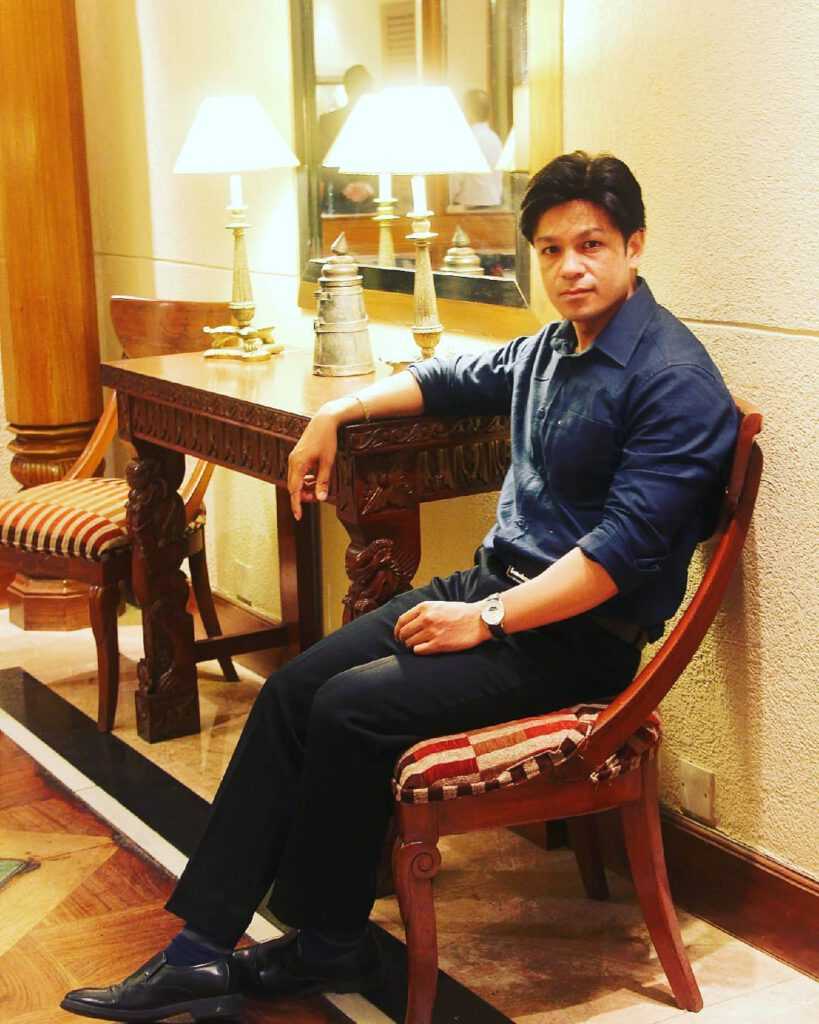
Dr. Rajan Babu Tajhya is a board-certified dermatologist and laser specialist. He completed his M.B.B.S. from Kathmandu University and Specialized Dermatology from Tribhuwan University in the year 2010 A.D.
Dr. Rajan Babu Tajhya keeps himself updated on the latest treatment procedures available in Dermatology. Our past clients frequently praise him for his calm personality and ethical treatment methodologies.
Dr. Tajhya has successfully done laser tattoo removal treatment in the past. Mr. Tajhya would rather do the removal treatment perfectly over a course of sessions than try to rush and improperly complete the treatment at once.
He is extremely well-spoken with his clients, but his actions and results certainly speak more than his words.
The picosecond laser is the most efficient laser type, and other clinics in Nepal use the lower-grade Nd: YAG laser.
Nd: YAG lasers are optically pumped using a flash tube or laser diodes. These are one of the most common types of laser and are used for many different applications. Nd: YAG lasers typically emit light with a wavelength of 1064 nm, in the infrared.
In comparison, the technology used by the Picosecond laser is an improved version of the Q-switched laser. In this version, the speed of the energy-charged light beams emitted by the Picosecond lasers is faster than nanosecond Q-switched lasers by 10 times.
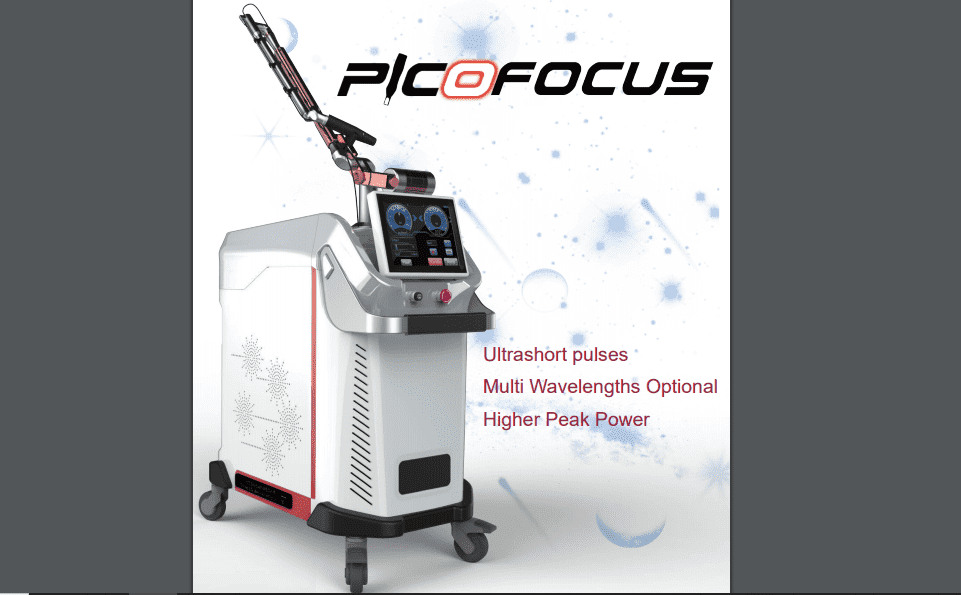
This is the most innovative medical laser available today in the market. The picosecond laser is 100 times faster than
traditional nanosecond technology. A pulse with a flattop profile distributes the high-energy radiation particularly evenly, which destroys the target structures without affecting the surrounding tissue and significantly injuring the epidermis.
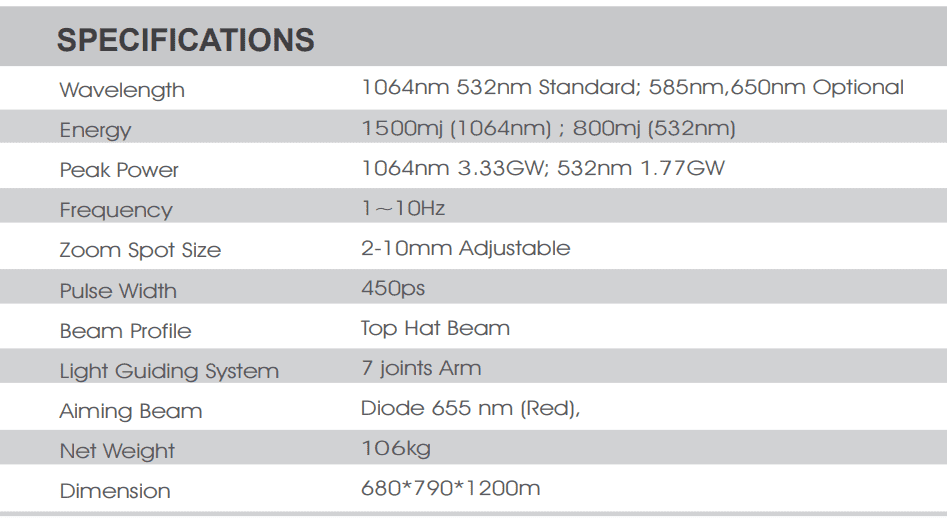
Other treatment providers in Kathmandu still use old technology, the Nd: YAG laser. Thus, Alka Cosmetic and Dermatology ensures you get the highest standards of quality care and treatment that the cosmetic-medical industry can provide.
We will be more than happy to receive your call at 9813903982.
You can also reach out to us via our Facebook page and Instagram page.
© 2019 Alka Cosmetic Surgery & Dermatology, All Rights Reserved. Designed & Developed by Nitesh Baidya
WhatsApp us
